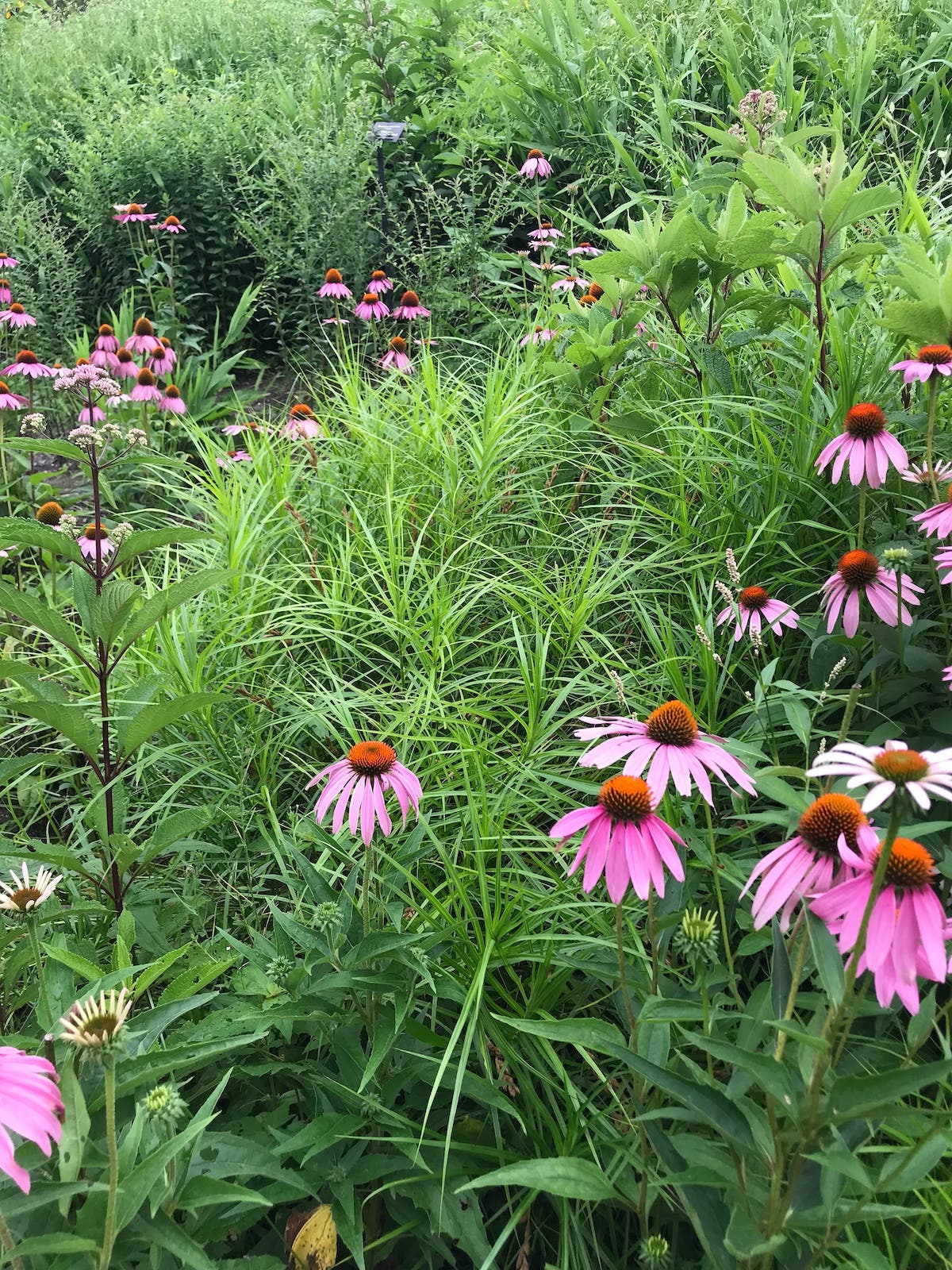Two-Winged Silverbell Tree Fits in Small Gardens
A Southeast US native, this surprisingly hardy tree blooms in spring, takes shade and tolerates wet soil, all while staying under power-line height
Two-winged silverbell, a tree native to the southeastern United States, serves as a pretty spring-flowering tree for small garden spaces. Delicate-looking white flowers dangle from its branches in spring, attracting pollinators. This compact tree is easy to grow. It tolerates short periods of wet soil, making it a good option for a rain garden.
Common names: Two-winged silverbell, snowdrop tree
Botanical name: Halesia diptera
Origin: Halesia diptera is native to the southeastern United States, from South Carolina and Arkansas south to Florida and Texas. Its natural habitat includes rich woods and the edges of swamps.
Flowers: Downward-facing white flowers open in mid-spring. The variety Halesia diptera var. magniflora has larger flowers.
Foliage: The broad oval leaves are medium green from spring to autumn, when they turn yellow and drop away.
Size and habit: Two-winged silverbell reaches 15 to 30 feet tall with a rounded crown stretching 15 to 25 feet wide. Halesia diptera typically remains on the smaller end of its size range in gardens. It can be grown as a large shrub because it has low branches and multiple stems. It can also easily be trained as a small tree with a single trunk; choose one stem to be the trunk, remove other stems and limb up the lowest branches to create a higher canopy.
Growing two-winged silverbell
Exposure: Part sun to dappled shade
How to grow it: Keep in mind two-winged silverbell's natural habitat when selecting a site for it. This eastern-native tree grows best with acidic to neutral soil. It grows at the edges of swamps and within damp woodlands, so it can take stints of wet soil (but not standing water) and it prefers some shade. It appreciates the moisture-retentive, humusy soil that develops in the forest; you can build this in the garden by annually topdressing with compost and/or fallen leaves. This can also serve as mulch for two-winged silverbell, or consider underplanting this tree with perennials that act as a living mulch. Hardy in USDA Zones 5–9.
Image by Daderot - Own work, CC0







